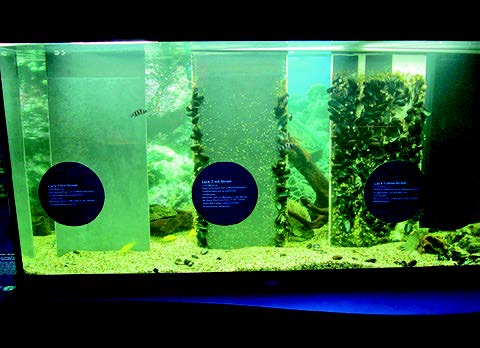Environmentally friendly anti-fouling paint for ships

Algae, barnacles, and mussels are like stowaways in shipping. These often attach themselves to the hull of anchored ships; they increase flow resistance and they damage the material. Biofouling, as it is known, can significantly increase fuel consumption, which in turn results in higher costs and pollutant emissions. Fraunhofer IMWS, together with the Helmholtz Centre for Environmental Research UFZ and three partners from industry, have developed a special paint that is intended to remedy this problem. The innovative paint comprises several layers through which a weak direct current of 0.1 mA is conducted. The outermost layer of paint alternately acts as the anode and the cathode, meaning that oxygen and then hydrogen form on it. The resulting pH stress around the ship makes the hull unattractive for water organisms. Biofouling processes can thus be prevented in a completely environmentally friendly way.
So far, the anti-fouling paint has been successfully tested in a long-term trial using test rods and in an initial ship trial. The next step is to transfer the paint to an industrial scale. To this end, a modern test rig will be set up in the Baltic Sea. An exhibit of this anti-fouling technology has been available for viewing since November at the exhibition grounds of the Heidelberg Zoo.
Last modified: